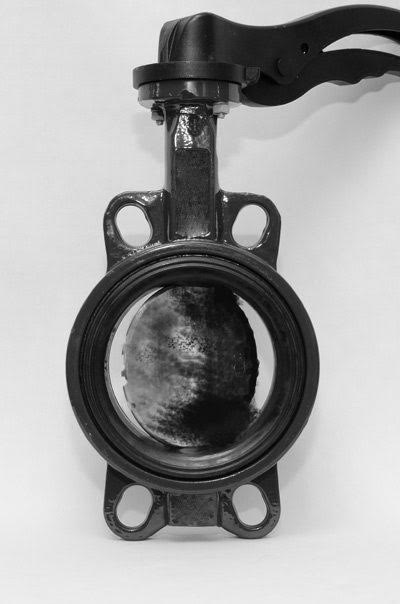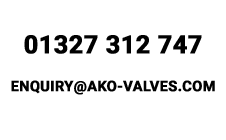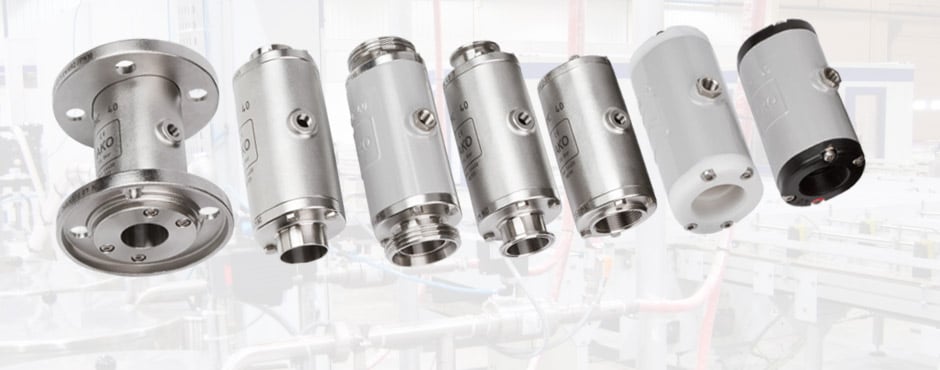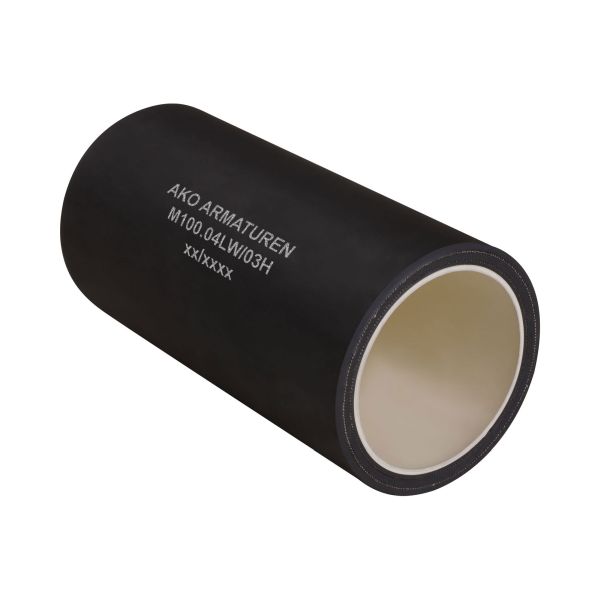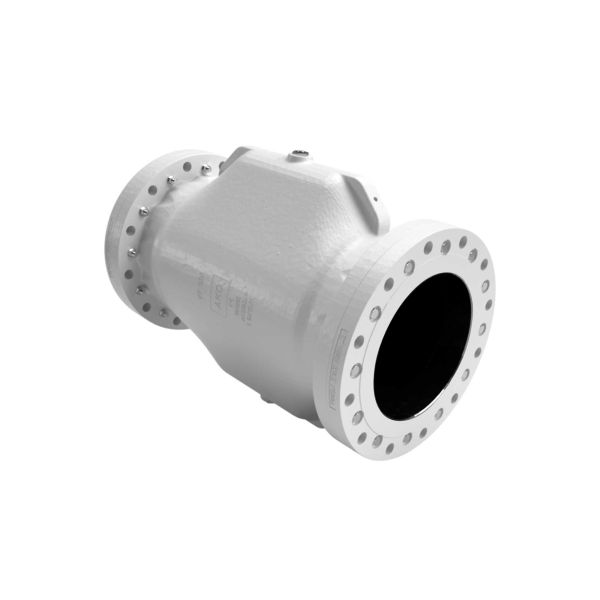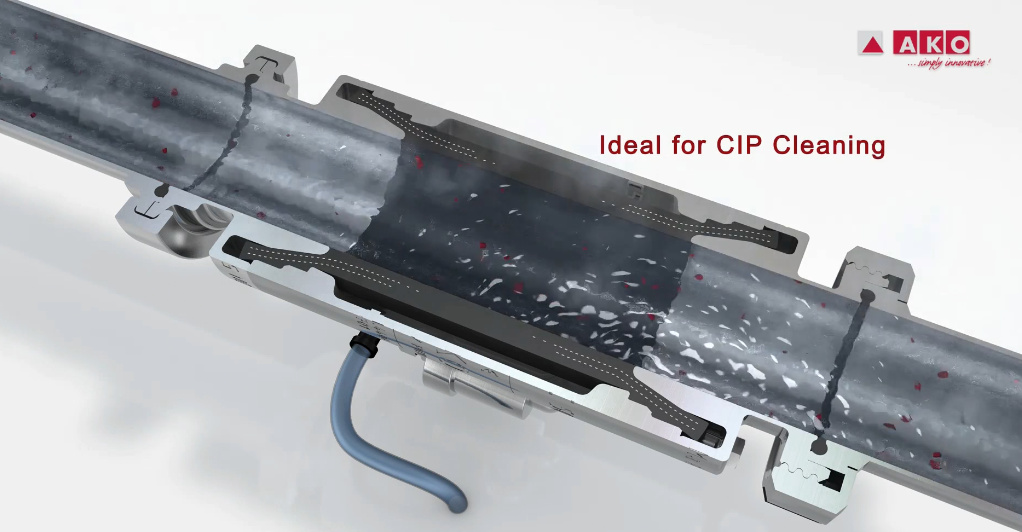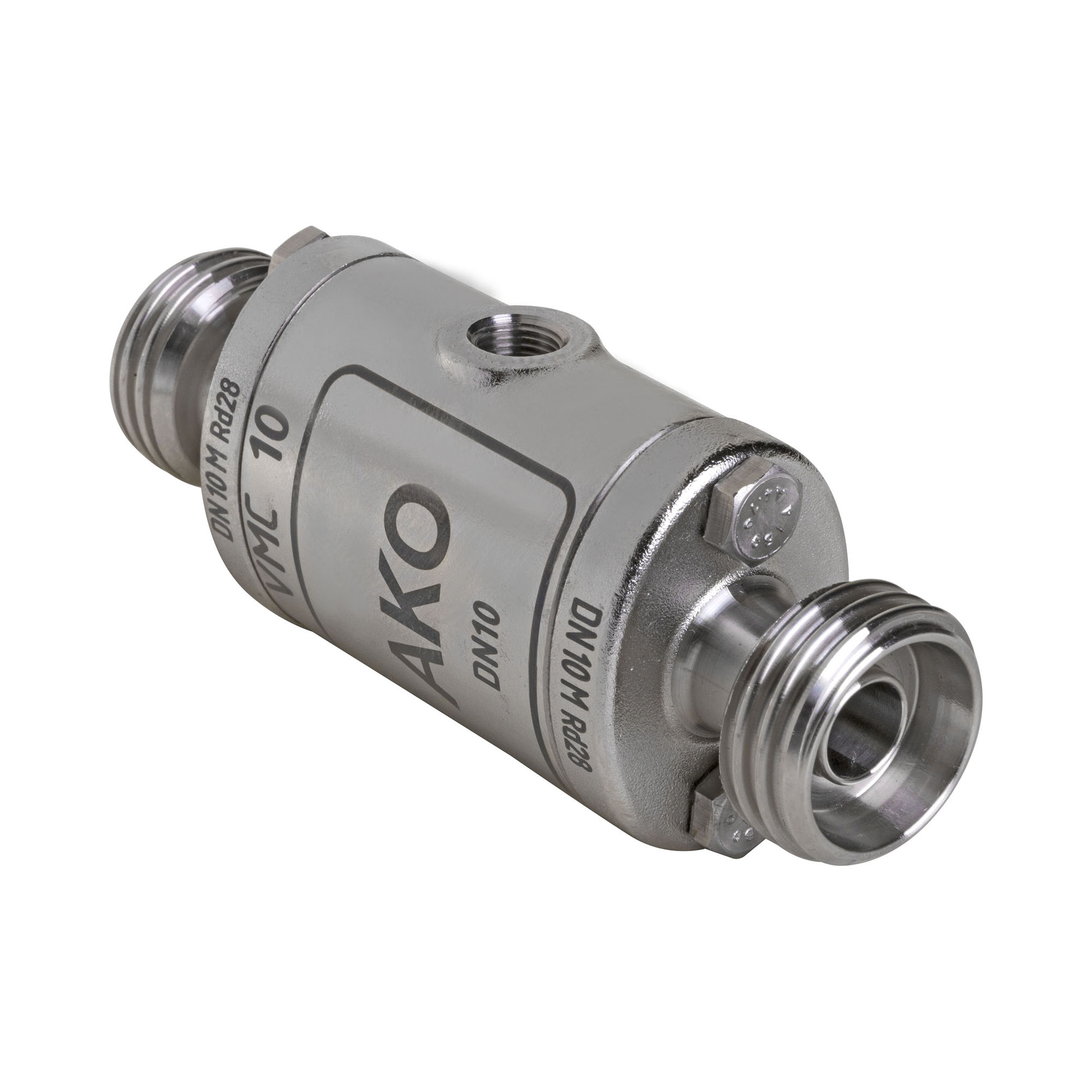The Sanitary & Hygienic Soft Seated Valve
Advantages of a Hygienic Soft Seated Valve
Hygienic soft seated valves have many advantages such as the non-clogging and minimum frictional resistance. Further advantages for hygienic soft seated valves in the food industry include:
- Lightweight design
- Compact construction
- Easy to install
- Easy maintenance
- FDA approved
Hygienic Soft Seated Valves – Clean-in-place
With hygienic soft seated valves within the food and beverage industry, it is often an importance for the application pipelines to be cleaned using special cleaning processes. Hygienic soft seated valves are easy to clean and are piggable, and also CIP certified with a bacteria-tight design in accordance with EHEDG certification type EL-Class I and type EL ASEPTIC-Class I.
Frequent product changes and difficult product features require regular wet cleaning of the highest standards of hygiene and cleanliness in the food, pharmaceutical and chemical industries.
Hygienic soft seated valves are often installed in hard to reach places, therefore manual cleaning can be very costly. Therefore, a fully automatic cleaning (CIP = Cleaning in Place) saves time and money.
View the video below to see the simple CIP process with hygienic soft seated valves:
Hygienic Soft Seated Valve Vs. Diaphragm, Ball or Butterfly Valve
In hygienic soft seated valves, the usual constrictions and dead spaces are avoided due to advantages including a completely free flow of the working medium, in comparison to using butterfly valves.
Also, hygienic soft seated valves guarantee an absolute tight seal of the product flow with non-clogging, even with solids.
The hygienic soft seated valve has further advantages such as a low-cost position monitoring and failure control of the soft seated valve elastomer tube by using a pressure switch. This allows monitoring and locating any failures of the hygienic soft seated valve very quickly and effectively via a programmable control, in comparison to detect/monitor failures of membranes in diaphragm valves or seats in ball or butterfly valves.
In addition, with hygienic soft seated valves, the monitoring system enables the operator to avoid expensive exterminations of entire production batches, due to late-detected and localised defective membranes of diaphragm valves where the medium flow has found its way behind the broken membrane and contaminated it with germs.
As a result, the duration time of hygienic soft seated valve tubes is reduced enormously and has a much longer service life, compared to membranes or seat seals in ball valves, butterfly valves or diaphragm valves.
Most noteworthy, the hygienic soft seated valve is a very cost effective shut-off solution compared to stainless steel ball valves, butterfly valves and diaphragm valves. Due to its simple function and the very simple operation, additional and expensive actuators are not needed.
